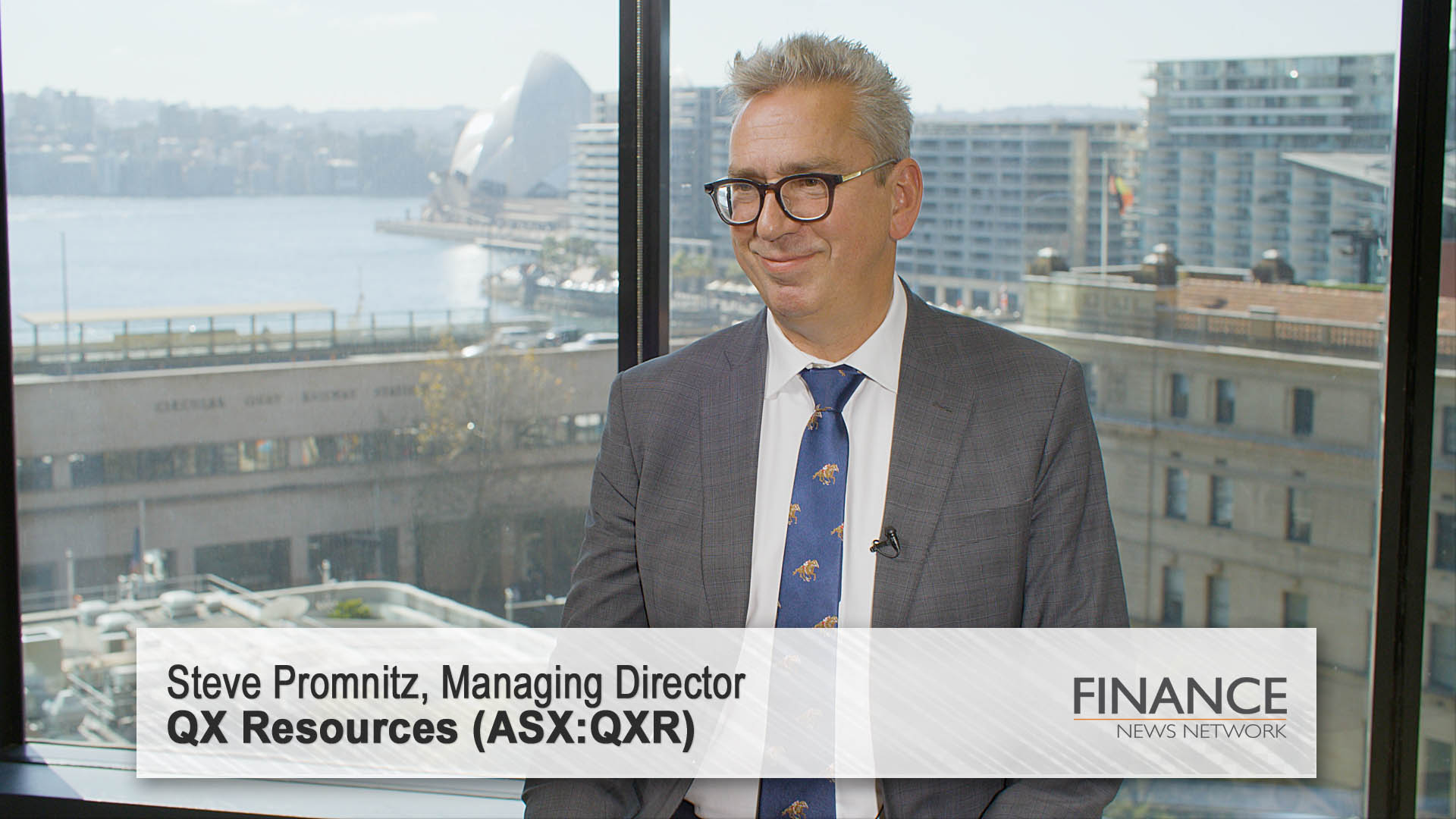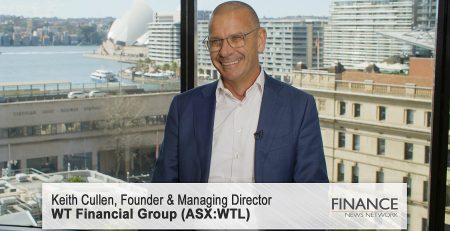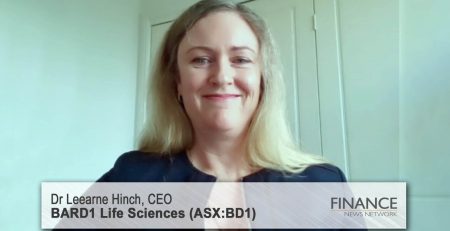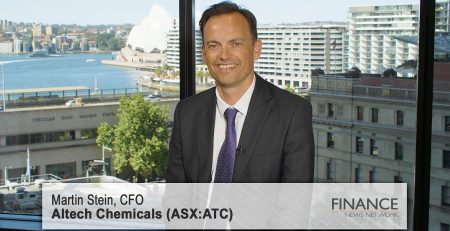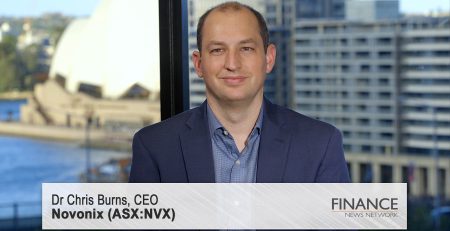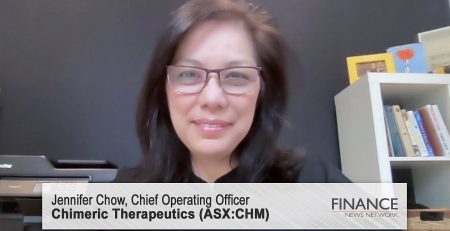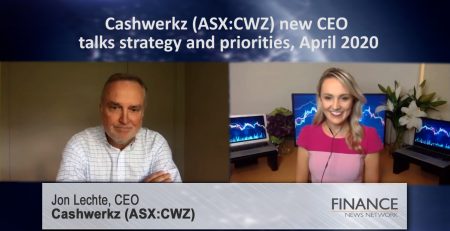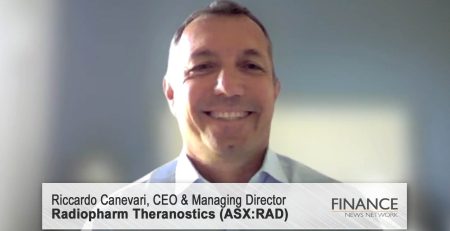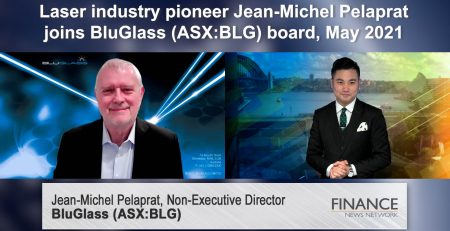Exposure across the battery mineral supply chain
QX Resources Limited (ASX:QXR) Managing Director Steve Promnitz discusses progress with the company's lithium project in California, including permitting, access to water and timeline ahead.
Paul Sanger: We are talking today with QX Resources (ASX:QXR). QXR has a market cap of $20m. QX Resources is focused on exploration and development of battery minerals with hard rock lithium assets in the Pilbara, a prime location of Western Australia, and gold and copper moly acid in Queensland. We're talking with their CEO, Steve Promnitz. Steve, welcome back.
Steve Promnitz: Thank you very much.
Paul Sanger: So, Steve, when we last caught up with you back in May, QX Resources had just announced that it had signed a letter of intent with Liberty Lithium in California, USA. Yesterday you announced to the market that you had advanced discussions and due diligence on this lithium brine project. Can you refresh us on what it was that made you like this project and walk us through what has happened over the last few months, and maybe elaborate on what your detailed due diligence uncovered?
Steve Promnitz: Thank you. So, first of all, what attracted us to the western US in general is location. So, you get all the benefits of South American brines, but in a better location. This particular deposit has scale, a large basin, very encouraging results, and it's also just across the border from the longest-lived lithium brine operation in the US, of Albemarle's in the Clayton Valley.
Now, since then, we've gone through it and said, "Okay, what else do we need?" First, consolidate the title." So, when you find something that's good, you want to make certain that you actually have all of it. I learned that when I was working in South America in the past. So, we've worked with the lease-holders to actually go and expand the lease, so it covers all the anomaly and fill in the bits in between. Second thing, if we find something here, can it actually get permitted? Because you don't want to go and find something and then go, "Oh, well, that's great, but we can't develop it." So we spoke to the local regulators, the local county. We had different people asking those questions, like lawyers. And the great thing is the mineral rights actually have water rights attached to it, unlike in Nevada. So, as long as it's not potable water, like for drinking, we can actually access that. And then last of all — infrastructure. The infrastructure's already there, we knew the roads were there, but there's power in the place, there's access to water. So, if we find the right sort of thing, we should be able to develop that. And what does that mean for investors? You should be able to do it at lower cost.
Paul Sanger: And what feedback have you received so far from sort of local stakeholders and regulators?
Steve Promnitz: This was critical in our decision process about moving forward. So, we've spoken to the regulators, and they're very keen to see these sorts of developments in the area. This part of California, it's the largest county in the state and it's got the lowest population. They have a borax operation there, it's been running for many decades, as well as the salt operation. And, on a broader perspective, the state of California and the federal government are actively supporting battery mineral supply chain projects. And I think regardless of who's in charge, they want to see this sort of development inside the continental US. So, it's actually been pretty encouraging.
Paul Sanger: So, Steve, as I understand, final terms are anticipated during mid-August. Once these have been finalised, what happens next?
Steve Promnitz: Right. So, first of all, we'll come out with the announcement and the deal terms, and then that will then lead to drilling. Probably earliest is the end of September, because it's hot as Hades there at the moment. You've probably seen 117, 125 degree temperatures Fahrenheit. So, late September or October. We'll drill at least two holes in that phase. And then if those numbers look encouraging, there'll be more permitted after that. We also want to pump those brines and test them. Test them for chemistry, what sort of direct lithium extraction methods, is it amenable to evaporation? Because once we've worked out the chemistry and then how it responds, then we can work out a development pathway. Of course, all of that is dependent on getting the right results.
Paul Sanger: And just with that testing, when you get those samples, will you do that on site or will you do that remotely?
Steve Promnitz: They're all sent to various different places. Evaporation, you can do on site, but everything else has to be done elsewhere.
Paul Sanger: And Steve, to finish up, can you give us a quick summary on what progress has been made with QX's other resources?
Steve Promnitz: The great part about QXR is it's got a good board and a great portfolio of assets. We're in the Pilbara, which is the prime location for hard rock lithium assets, and it's the shortest timeline to production in the world. We weren't successful with our initial drilling, but we've got a whole portfolio of projects, we're back into the field next week, we've got an airborne survey in a few weeks' time. So, I would be surprised if we don't turn up something that looks pretty encouraging there. Second, we've announced how we've got a significant holding, nearly 40 per cent of a private company called Bayrock, and they have high grade nickel sulphide assets in Sweden. Europe wants to see development just like the US, the battery mineral supply chain. This stuff that we've been drilling is over 2 per cent nickel. We're currently drilling a second project at the moment. That looks pretty encouraging. Last of all, we've got a copper moly gold project in Queensland. We haven't said much about it. We're actually working up a whole program there. So, it's pretty rare to find a small company, this sort of market cap, with that sort of suite of exposure to the whole battery mineral supply chain. You look at the big boys, they always have a lithium brine asset and a hard rock asset and then sometimes they might have nickel sulphides plus or minus copper. So, we're trying to set that up so that this can be a significant company.
Paul Sanger: Steve Promnitz, many thanks.
Steve Promnitz: It's always a pleasure. Cheers.
Paul Sanger: Thanks.
Ends
Copyright 2023 – Finance News Network
Source: Finance News Network

